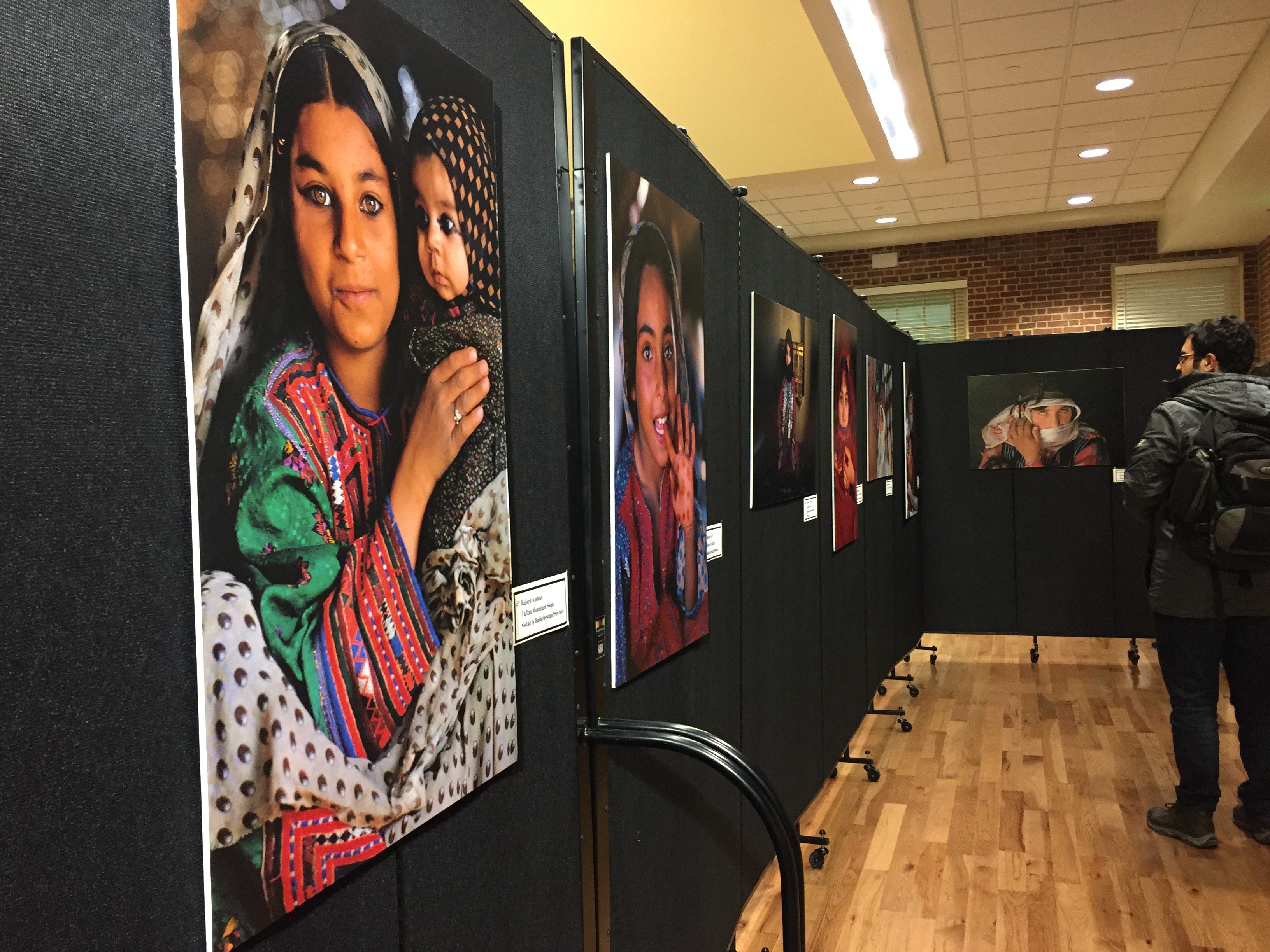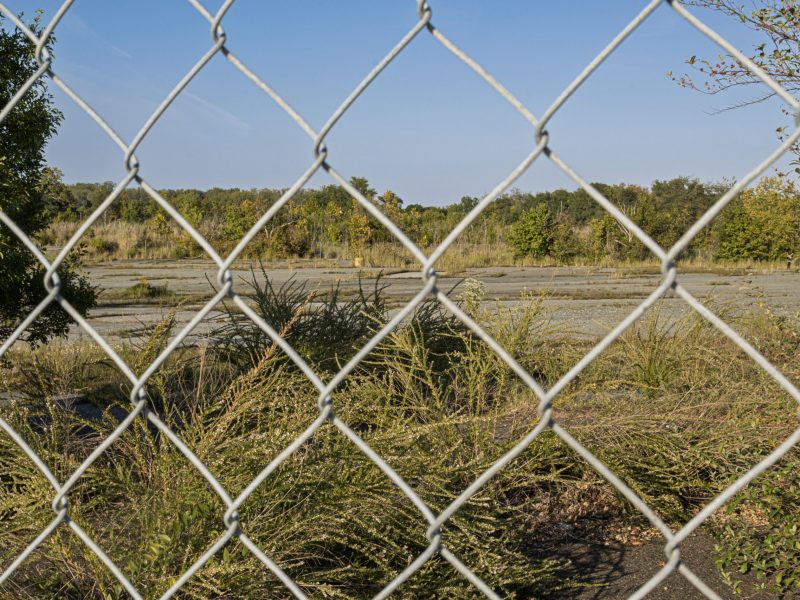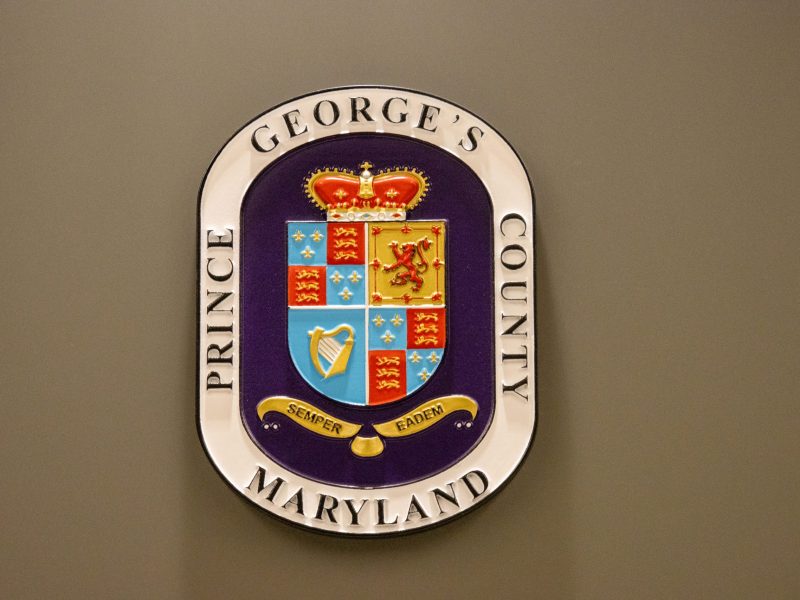By Anastasia Marks
For The Diamondback
The University of Maryland’s Roshan Institute for Persian Studies hosted a photography exhibit showcasing the lives and culture of Iranian women.
The exhibit, on display Thursday and Friday in Stamp Student Union, was comprised of 40 photos by Iranian ethno-photographer Nasrollah Kasraian. Many refer to Kasraian, 73 , as the father of Iranian ethno-photography. He captures photos of all aspects of Iran, including landscapes, urban areas and people, said Fatemeh Keshavarz, Roshan Institute director.
However, due to the rapid assembly of the project and difficulty he had in acquiring a visa to enter the United States, Kasraian was unable to attend the exhibition, Keshavarz said. This exhibition is the first by Kasraian to be presented in the United States, she added.
Despite his absence, Kasraian still played an active role in the visuals and assembly of the exhibit, Keshavarz said. Kasraian gave specific instructions on the order and placement of the photographs within the exhibit.
“Everything in the exhibit is the way he wanted it,” Keshavarz said. “We’re trying to connect with him in the best way possible.”
The exhibit was open to university members and the surrounding community. The display drew a diverse audience of students, faculty, staff and other community members.
John Limbert, an American who was held hostage in Iran, was in attendance of the exhibition. Limbert was held captive in Tehran for 444 days during the Iranian Hostage Crisis between 1979 and 1981. Limbert, now a proponent for U.S.-Iran relationships, voiced his approval of the exhibit and the perspective it gives to Americans.
“It’s amazing because what it brings home to us is the … richness and diversity of culture,” Limbert said. “It shows the strength of women in culture, despite the stereotypes. Whatever helps people to know each other better is positive.”
Many students who visited the Kasraian exhibit had different preconceptions of what Iranian women are like and had varying expectations for the photography.
Senior Persian studies major Mitra Namiranian said she attended because her major is in close contact with the Roshan Institute and she was interested in the way the photographs would portray Iranian life.
“It’s rare to have an event like this in Persian studies,” Namiranian said. “It gives a very diverse look at Iranian women because it’s typically women in black chador. This really breaks the stereotype by showing women of different ages, colors and races.”
A chador is known as the cloak or scarf material many Muslim women in Iran wear covering their heads, neck and shoulders, while leaving their faces visible.
Kasraian’s ehno-photography showcase people in domestic settings, as well as in everyday life. This aspect intrigued senior Jasper Surrett, a government and politics and Persian studies major, who said the photos struck him through the vibrant colors, describing the women in the photos as “full of life.”
“The [pictures] show ordinary life and ordinary women,” Surrett said. “It sheds more light onto the normal life of people and the differences in Iran.”



